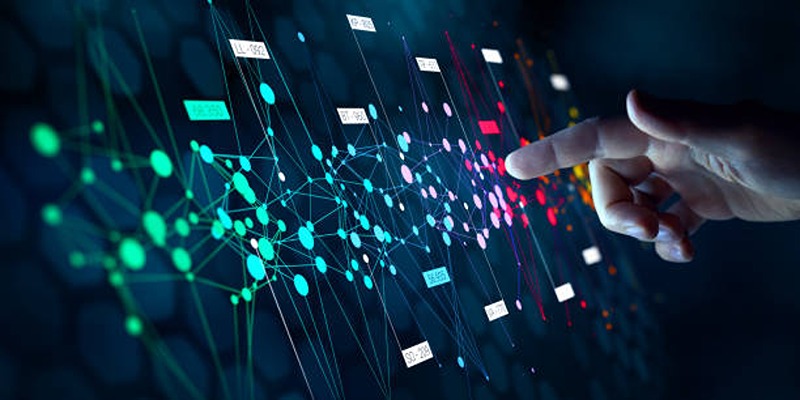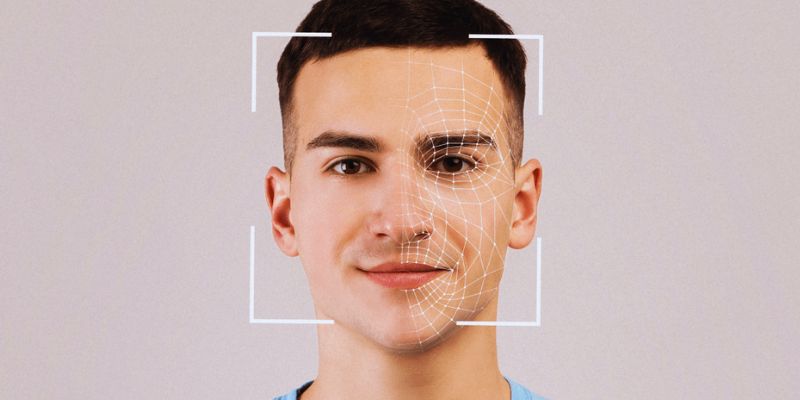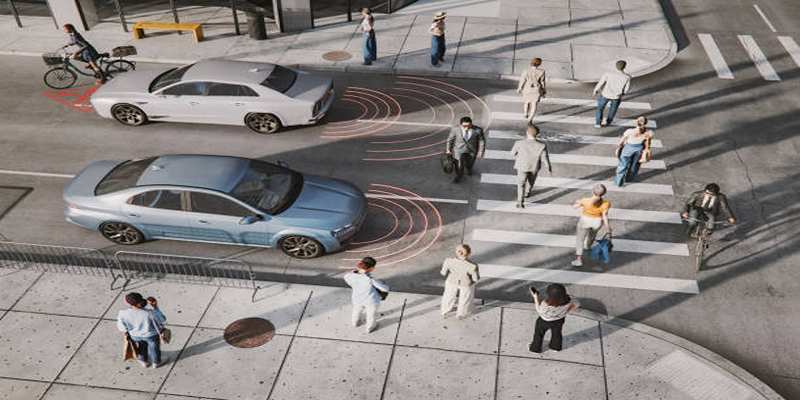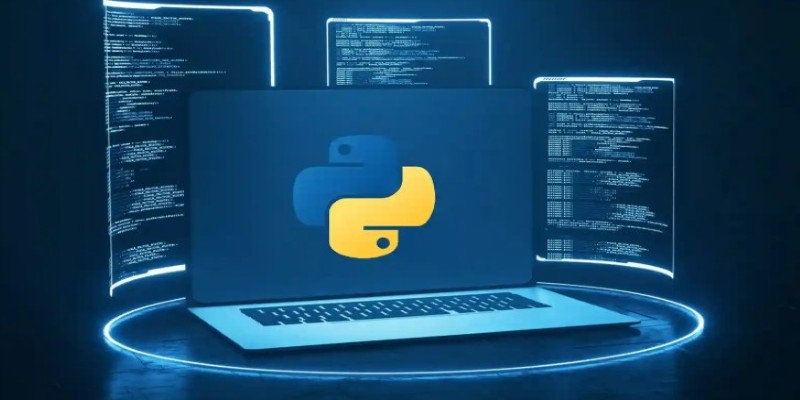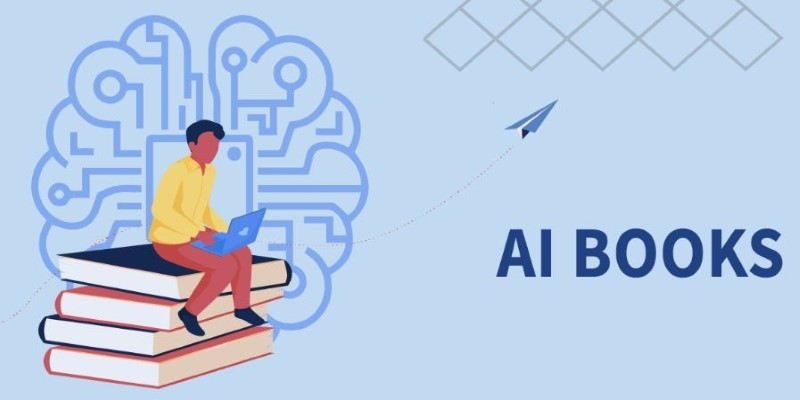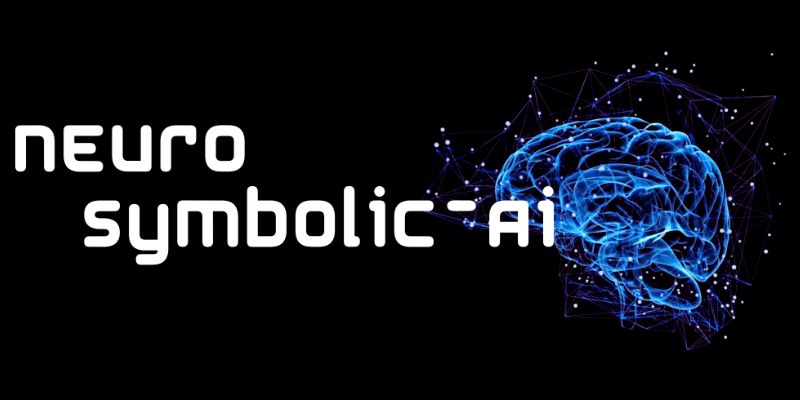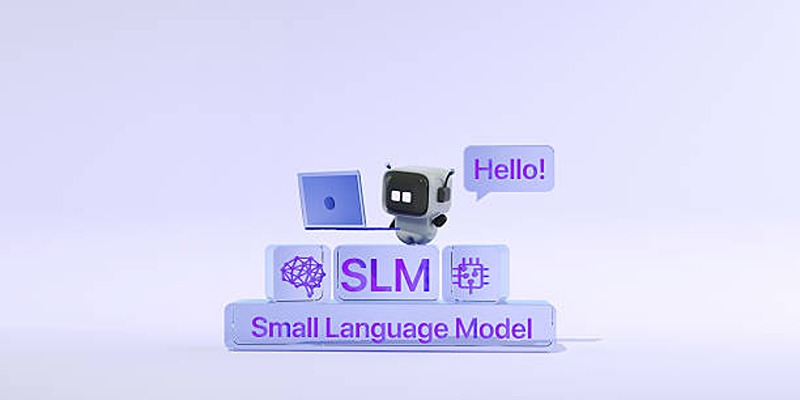Face detection is a technology used to identify people by identifying their facial features. The process uses machine learning, deep learning, and AI algorithms to identify faces in images and videos. Different methods, including traditional methods and neural networks, are used during the process. Security systems, social media, photography, marketing, biometric identification, and healthcare are a few of the areas where face detection is used.
Face detection has multiple benefits, such as social and personal. Some disadvantages may include observing civilians while searching for criminals in public, which can be a personal breach for most citizens. Let’s learn more about face detection and understand its workings and uses in detail here!
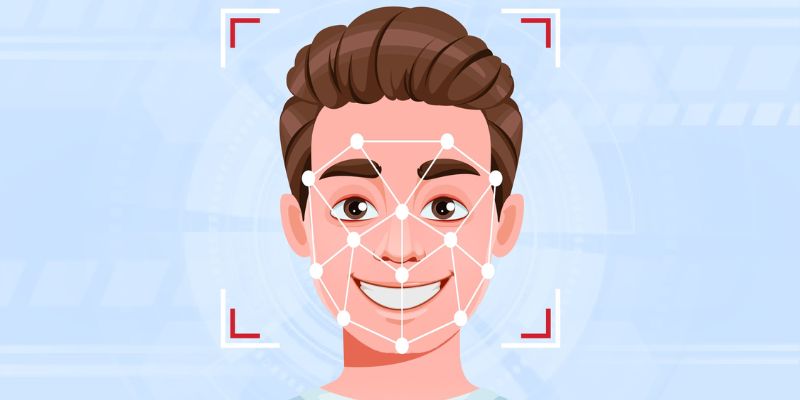
What Is Face Detection: An Understanding
Face detection is a computer technology process that identifies and locates human faces in digital images and video frames. It distinguishes the faces from the objects and establishes boundaries. Face detection involves analyzing the image or video, identifying the human face, processing the face to enhance its features, extracting the features, classifying images using algorithms and facial detection technologies, and localizing the face. The algorithms used in detection systems are usually trained on large amounts of images of human faces, which allows them to recognize a wide range of facial variations and features.
There are many areas where face detection is used, including security systems, emotion detection, social media, entertainment industries, mobile devices, virtual reality, photography, marketing, biometric identification, healthcare, and more. Face detection offers many advantages, including increased social and personal security. It has made it easier to detect terrorists and criminals roaming in public. Hackers or thieves cannot hack your face ID, either. Face detection enables automated identification, saving time and increasing efficiency. Some disadvantages include requiring massive data for ML, which consumes a lot of resources. Face detection can give different results for the same face based on changes in appearance, expressions, poses, or angles. To identify criminals, the government also observes civilians without their consent. It is important to use the technology with

How Does Face Detection Work?
Let’s break down the face detection process into steps:
- Step 1: Improving The Quality Of The Image: The image or video in question undergoes some steps to enhance its quality, including enhancing face features for face detection. Those steps may include adjusting the image's brightness, texture, pixels, color, or contrast. It may also change the image to grayscale because it is much easier to detect features of the face in grayscale images.
- Step 2: Detecting The Features: The AI algorithms analyze the pixels, detect, and extract features from the image or video frame that resemble human facial features, such as the arrangement of mouth, nose, eyes, ears, or other characteristics of the human face. Usually, they start detecting from the eyes because they are easier to recognize as a facial feature. They move on to detecting eyebrows, mouth, iris, and others.
- Step 3: Facial Classification: AI algorithms, such as machine learning or deep learning, come into play and ensure that the features extracted earlier are true of a human face. Some additional tests are performed to conclude the identification of the human face. To be more accurate, AI algorithms and models are trained on large datasets of images, which they use to detect patterns, facial expressions, poses, and other characteristics in an image to identify a human face.
- Step 4: Location Of The Detected Face: After identifying the human face from the image or a video, algorithms identify the location of the detected face. The algorithms used to locate the face detected in the image may use some common approaches, such as template matching or sliding window approaches. Convolutional neural networks (CNNs) may also be used for the same purpose.
Different Methods Used In Face Detection
Facial detection has evolved, so methods used in face detection can be broadly classified into traditional methods and neural network methods. Let’s learn about both of them here:
- Traditional Methods: Viola-Jones algorithm is one of the earliest algorithms used to detect a face in an image using a cascading classifier and Haar-like features. Local Binary Patterns (LBP) is a texture-based method that extracts features like nose, eyes, and others to detect a human face in an image. Histogram of Oriented Gradients (HOG) uses gradients and histograms of an image to identify a human face or other objects.
- Neural Network Methods: Convolutional Neural Networks (CNNs) have successfully detected faces and attained state-of-the-art performance. Other networks have also been used for facial detection, such as Single Shot MultiBox Detector (SSD) and YOLO (You Only Look Once). MTCNN (Multi-task Cascaded Convolutional Networks) is specially designed to detect faces and detect at different angles and scales in a single pass.
Is Face Detection And Face Recognition The Same?
People often use face detection and recognition interchangeably, but they are two different approaches to facial identification. Facial recognition, for example, uses facial detection to separate the human face from objects in an image using biometric verification.
Once the face is identified, the system generates the blueprint map of the face. The face print is then compared to other datasets of face prints of other persons to see if it is the same individual. Face recognition, on the other hand, is the most commonly used application of face detection. You unlock your phone just by bringing it in front of your face; this is facial recognition in action.
Conclusion:
Over the years, face detection has evolved and changed how machines recognize humans. It enabled comprehensive applications and creativity across different fields. AI algorithms, statistical analysis, machine learning, deep learning, and different neural networks are used in face detection technology. Face detection is used in many different areas, such as security systems, entertainment, marketing, mobile devices, and more. Face detection technology is growing rapidly, and it continues to improve our lives in many aspects, such as improved security and time-saving. However, it is crucial to use face detection while considering ethical, social, and legal implications and ensuring privacy.
